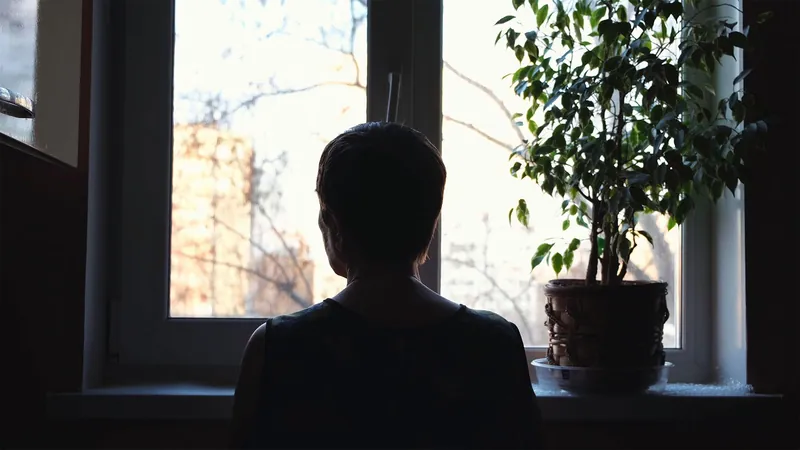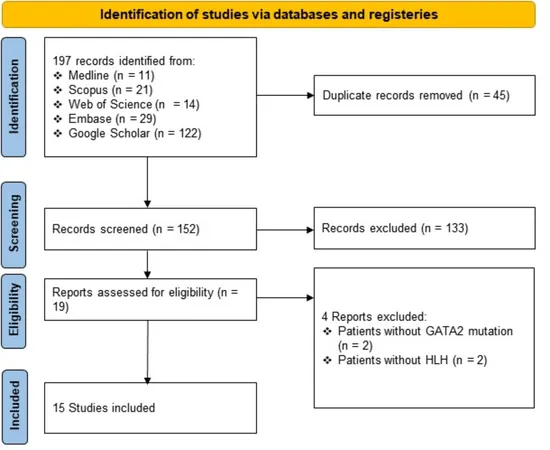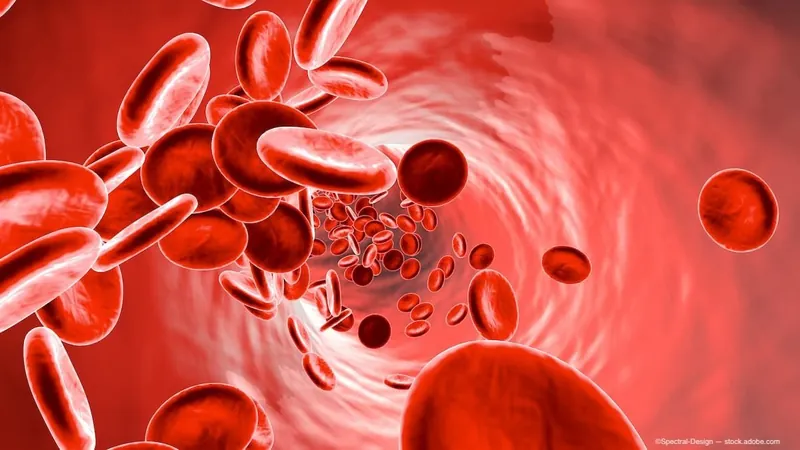
Shocking Link: Social Isolation Puts Older Adults With COPD at Greater Risk of Death!
2024-11-04
Author: Wei
Introduction
A recent retrospective cohort study has thrown light on a startling health risk facing older adults with chronic obstructive pulmonary disease (COPD). The findings reveal that socially isolated individuals suffering from COPD are significantly more prone to premature death than their socially active counterparts.
Study Findings
According to the study led by Dr. Angela O. Suen from the University of California, San Francisco, participants with COPD who reported social isolation had an alarming adjusted hazard ratio (HR) of 1.35 (95% CI 1.04-1.75) for mortality when compared to those who were not isolated. In simpler terms, this means that socially isolated older adults with COPD are 35% more likely to die than those who maintain social connections.
Survival Statistics
The research further noted that the median survival time for socially isolated individuals was just 7 years, a substantial drop from the 9.1 years seen in non-isolated peers. In terms of immediate survival statistics, the study reported a 5-year survival rate of only 62.9% for those grappling with both COPD and social isolation, as opposed to 71.1% for those who were socially engaged.
Exacerbating Factors
These troubling findings echo previous research that has highlighted the detrimental effects of social isolation on health, particularly in adults over 65 years. Approximately 20% of individuals with COPD face the silent struggle of social isolation, a situation exacerbated by factors such as reduced mobility and breathlessness.
Previous Research Comparison
Interestingly, earlier studies demonstrated a smaller absolute difference in 5-year survival rates between isolated and non-isolated populations (93% vs. 95%). However, Dr. Suen and her team argue that the heightened mortality risk could stem from a lack of support systems essential for managing COPD, including symptom relief and adherence to complex treatment regimens.
Proposed Solutions
In an effort to combat the adverse effects of social isolation among COPD patients, the authors have proposed a multifaceted approach. They recommend enhancing community resources with initiatives such as group-based pulmonary rehabilitation, proactive support groups, and inclusive community meal and exercise programs. They emphasize that tackling social isolation not only has the potential to improve survival rates but can also significantly boost overall well-being and readiness to face potential health crises.
Study Methodology
The comprehensive study analyzed data from the Health and Retirement Survey (HRS) collected from adults aged 51 and older between 2006 and 2022. Researchers utilized a scale defining social isolation that flagged participants scoring 3 or more on a 6-point scale based on marital status, living arrangements, social interactions, and community involvement. Notably, the study included a total of 1,241 participants with an average age of 68.4, of whom a striking 23.6% reported experiencing social isolation. Throughout the median follow-up of 4.4 years, nearly half (43.4%) of the participants succumbed to various causes.
Limitations and Future Directions
While this research sheds light on the pressing issue of social isolation among older adults with COPD, it does come with limitations. One notable concern is the self-reported nature of COPD diagnosis. Researchers acknowledged this could include those with other chronic lung conditions, emphasizing the need for further studies to clarify this relationship.
Conclusion
As we approach an aging society where the prevalence of COPD and social isolation continues to rise, it's more critical than ever for healthcare professionals and community programs to act. Could understanding and addressing the mental and emotional well-being of older adults be the key to transforming health outcomes? The evidence suggests it might be time to focus on holistic strategies to combat the challenges posed by both COPD and social isolation.




 Brasil (PT)
Brasil (PT)
 Canada (EN)
Canada (EN)
 Chile (ES)
Chile (ES)
 España (ES)
España (ES)
 France (FR)
France (FR)
 Hong Kong (EN)
Hong Kong (EN)
 Italia (IT)
Italia (IT)
 日本 (JA)
日本 (JA)
 Magyarország (HU)
Magyarország (HU)
 Norge (NO)
Norge (NO)
 Polska (PL)
Polska (PL)
 Schweiz (DE)
Schweiz (DE)
 Singapore (EN)
Singapore (EN)
 Sverige (SV)
Sverige (SV)
 Suomi (FI)
Suomi (FI)
 Türkiye (TR)
Türkiye (TR)